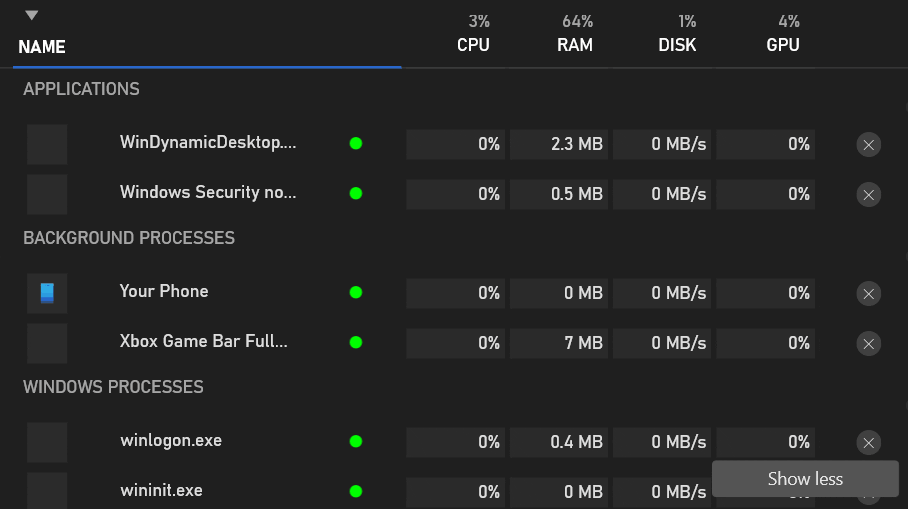

The "System Monitor" naming was kept in Windows XP. In Windows 2000, the System Monitor of Windows 9x and the Performance Monitor of Windows NT 4 and earlier, as well as another program called Network Monitor, were merged into a Microsoft Management Console (MMC) plug-in called Performance, which consisted of two parts: "System Monitor" and "Performance Logs and Alerts". Other possible categories include Microsoft Network Client, Microsoft Network Server, and protocol categories. The categories of information that can be monitored depends on which networking services are installed, but they always include file system, kernel, and memory manager.
#Windows 10 performance monitor widget update
Performance Monitor can display information as a graph, a bar chart, or numeric values and can update information using a range of time intervals. In contrast, the Windows NT Performance Monitor is available out-of-the-box and has over 350 performance measurement criteria (called "counters") available. It has few counters available and offers little in the way of customization. In Windows 9x, System Monitor is not installed automatically during Windows setup, but could be installed manually using the Add/Remove Programs applet, located in the Control Panel. The program can define thresholds for alerts and automatic actions, generate reports, and view past performance data. This type of application may be used to determine the cause of problems on a local or remote computer by measuring the performance of hardware, software services, and applications. It monitors various activities on a computer such as CPU or memory usage. Performance Monitor (known as System Monitor in Windows 9x, Windows 2000 and Windows XP) is a system monitoring program introduced in Windows NT 3.1. Performance Monitor running on Windows 10


 0 kommentar(er)
0 kommentar(er)
